2017 Toyota 86 Review - Two Pedals on a Sports Car? Really?

2017 Toyota 86
The litmus test for defining a “proper” sports car has been a moving target ever since the first G.I. brought a rickety MG stateside, but the question has been argument fodder in bars and internet forums for nearly as long.
Some argued that the radical 1962 MGB wasn’t a sports car, due to its unibody construction and lack of folding windscreen. Others argued that the revolutionary 1963 Corvette wasn’t a sports car, as the coupe profile didn’t fit the roadster norm that had thus far defined Chevrolet’s fantastic plastic essence. Last year, McLaren sought to define a sports car with four characteristics which, by the miracles of marketing, eliminate basically every other car ever built, including some of its own.
One feature is particularly contentious: the manual transmission. For decades, “true” sports car enthusiasts eschewed anything with two pedals, as the act of manually selecting gears was surely essential to spirited driving. Yet a virtual stroll through the websites of most sports car makers shows a dearth of clutch pedals.
Surely the Toyota 86 would be an exception. It’s a real sports car, designed from a clean sheet with rear-wheel drive and compact packaging for supreme tossability. There’s no way it could be anything less than awful when burdened with an automatic transmission. Right?
Fair warning – the unusual nature of my week with Toyota’s coupe may reflect in my assessment. I logged a bunch of highway miles in the 86 automatic, trekking from Detroit to Chicago, then across Indiana and home to Ohio. Sitting in heavy traffic on US 30 near Chicago Heights let me reflect on the absolute superiority of the electronically controlled, torque converter-equipped automatic transmission for the task of urban commuting. My left leg thanked me repeatedly for not subjecting it to hundreds of clutch engagements.
Forgetting for a moment the transmission, the 86 is indeed fun to drive when you want it to be. The slightly stiff suspension, while a bit jarring on pockmarked interstates, responds beautifully when hustling into corners. Much has been made of the hard compound tires (often called Prius tires, since they are typically the same Michelin Primacy HP units fitted to the hybrid), but they are consistent when driven hard, allowing the tail to slide a bit when asked. It’s a playful sports coupe, certainly.
It’s no supercar, of course. While the nominal back seat (more on this later) suggests a significant difference from the reigning lightweight budget sports car from Mazda (and Fiat), ultimately the Toyota 86 is quite similar in mission to the Miata/124 Spider roadster twins. While 200 horsepower means the 86 isn’t dreadfully slow (I’d love to have 200 hp flowing to the drive wheels of my own Miata, for example), neither is it going to challenge many off the line. By most reports, a four-cylinder Camry is quicker, while the V6 Camry will absolutely smoke this sports coupe on the strip.
The Subaru-developed flat-four is a gem of an engine. 200 hp out of two naturally-aspirated liters is still an accomplishment, as the engine winds to the 7,000 rpm redline with a delightful boxer warble. A 12.5-to-1 compression ratio means premium fuel is required, though I averaged 29.4 mpg over a week of highway-biased driving. Not bad at all.
It looks the part of a sports car, however. Looking at the profile, I’ll admit to forgetting that the 86 isn’t a hatchback, but rather a fastback coupe with a very short trunklid. Minimizing the rear opening gives a measurable improvement in overall chassis stiffness – important on any performance car – but the additional practicality of a hatchback can be useful to an owner using this as their only car. The trunk is roomy enough for a couple of carry-on bags or a weeks’ worth of groceries – but those looking to haul bulky stuff (like track-day tires) will need to seek alternative arrangements.
I’ll stop at calling the 86 beautiful, but it’s still a striking car. The black plastic details miming brake ducts below the headlamps are overwrought, but I dig the rise of the front fender line – from certain angles, it looks as if the fenders bulge higher than the hood. It’s a detail that is somewhat reminiscent of the 1970 AMC Javelin, one of my favorites from the muscle/pony-car era.
When you open the door, however, you see that the 86 has seen few changes since its introduction as the Scion FR-S five years ago. It’s not all bad, just a bit dated in spots. The double-DIN sized infotainment display atop the center stack seems like a dodgy aftermarket bit – it’s slow to respond to finger presses, and the sound quality isn’t overwhelming. The tweed-like material on the center of the seats, while certainly long wearing, isn’t the most comforting surface. The suede-like material on the dash and the outer surfaces of the seats does feel nice, though I’ll admit I’d like to see it on the steering wheel, which feels rather plasticky.
And, like a relic from another age, the 86 still requires the turn of a traditional key to make the boxer sing. Again, it’s not a bad thing – I’ve been spoiled by hopping in new cars all the time, leaving the key in my pocket, and pressing a button to go. It’s merely a change to which I had to adapt.
Those rear seats are another throwback. I’ve mentioned before about my youth spent around the various generations of the Datsun/Nissan Z cars, and I’m reminded of the almost useless rear seats fitted to the “2+2” versions of those Zs. I’m viscerally opposed to the 2+2 version of a sports coupe, mostly due to how phenomenally ugly those extended versions were. The rear seats in the Toyota 86 aren’t quite as useless, but my 11-year-old daughter absolutely could not sit behind me while I was in the driver’s seat. When we used this as a family car with all four of us, our trips were mercifully brief.
I’m sure, however, that anyone considering the Toyota 86 will either use it as a second or third car, or is otherwise not intending to use it for more than two people. Were I fresh out of college – and not saddled with mountains of debt from said college – the 86 might be an ideal first new car. It is – even with the automatic – a properly fun car to drive. It’s comfortable enough for a long drive, and without the left-leg strain from a clutch, it’s marvelous in traffic.
As I’ve reached the age where I’d be using it as a second or third car, however, I’m going to hold tight to my personal convictions about a sports car, and choose the manual.
[Images: © 2017 Chris Tonn/The Truth About Cars]

Some enthusiasts say they were born with gasoline in their veins. Chris Tonn, on the other hand, had rust flakes in his eyes nearly since birth. Living in salty Ohio and being hopelessly addicted to vintage British and Japanese steel will do that to you. His work has appeared in eBay Motors, Hagerty, The Truth About Cars, Reader's Digest, AutoGuide, Family Handyman, and Jalopnik. He is a member of the Midwest Automotive Media Association, and he's currently looking for the safety glasses he just set down somewhere.
More by Chris Tonn
Latest Car Reviews
Read moreLatest Product Reviews
Read moreRecent Comments
- Corey Lewis It's not competitive against others in the class, as my review discussed. https://www.thetruthaboutcars.com/cars/chevrolet/rental-review-the-2023-chevrolet-malibu-last-domestic-midsize-standing-44502760
- Turbo Is Black Magic My wife had one of these back in 06, did a ton of work to it… supercharger, full exhaust, full suspension.. it was a blast to drive even though it was still hilariously slow. Great for drive in nights, open the hatch fold the seats flat and just relax.Also this thing is a great example of how far we have come in crash safety even since just 2005… go look at these old crash tests now and I cringe at what a modern electric tank would do to this thing.
- MaintenanceCosts Whenever the topic of the xB comes up…Me: "The style is fun. The combination of the box shape and the aggressive detailing is very JDM."Wife: "Those are ghetto."Me: "They're smaller than a Corolla outside and have the space of a RAV4 inside."Wife: "Those are ghetto."Me: "They're kind of fun to drive with a stick."Wife: "Those are ghetto."It's one of a few cars (including its fellow box, the Ford Flex) on which we will just never see eye to eye.
- Oberkanone The alternative is a more expensive SUV. Yes, it will be missed.
- Ajla I did like this one.






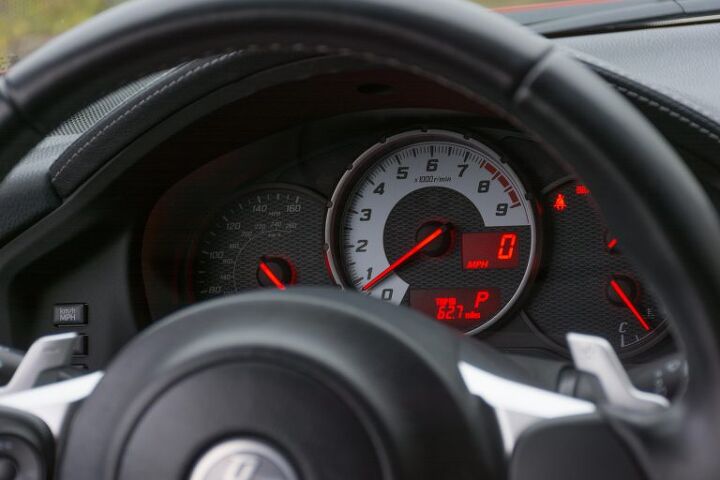



















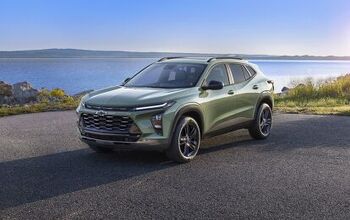

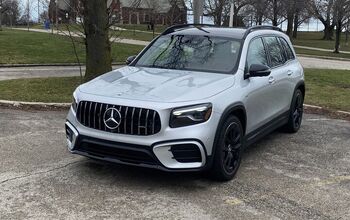
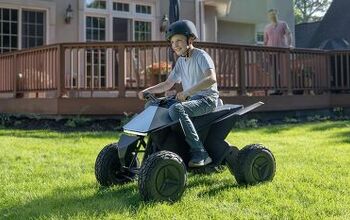
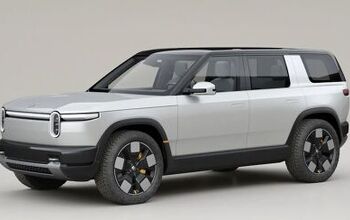
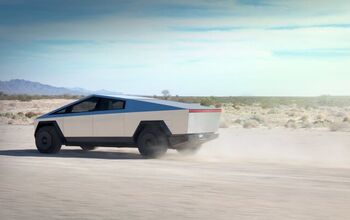

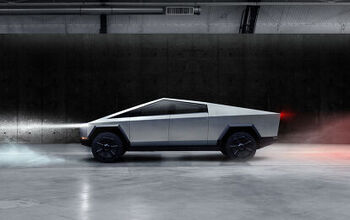

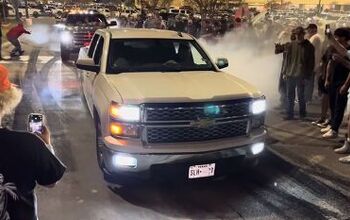
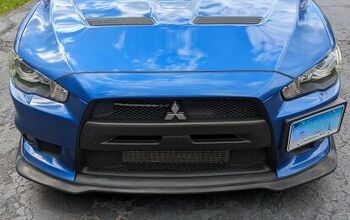
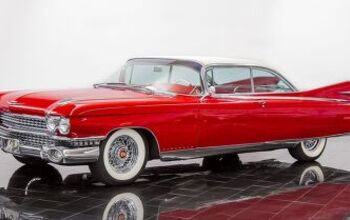
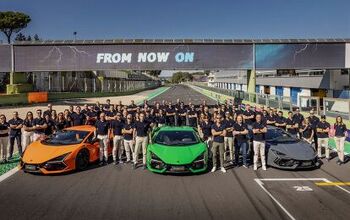
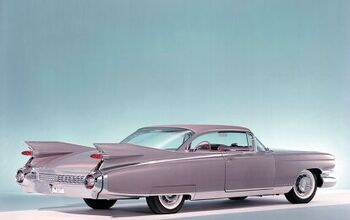
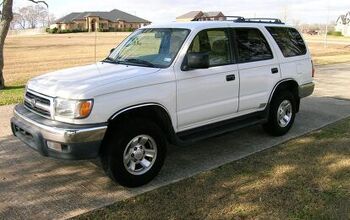

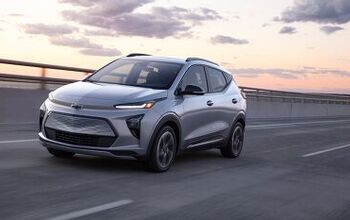
Comments
Join the conversation
The point is that the product planners got things exactly right for those of us who own and love the 86 just the way it is. The fact is, if the vehicle accommodated twelve year olds in the back seat, we would have bought something else. We bought this car thinking primarily of the person to occupy the driver's seat. Everyone else and their twelve year olds, please take the short bus, aka SUV.
I've driven a manual 86, it's hardly a sports car, more like a low riding sedan. So I imported a real sports car from Japan, a 2002 TT Supra VVTi. If you want a sports car, forget the 86, it's a dud.